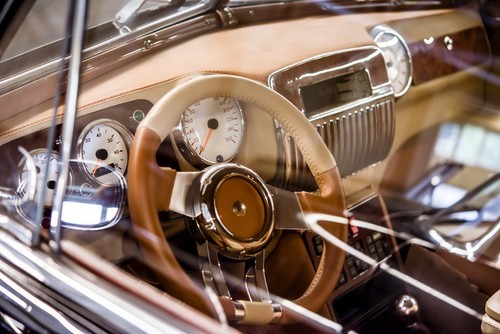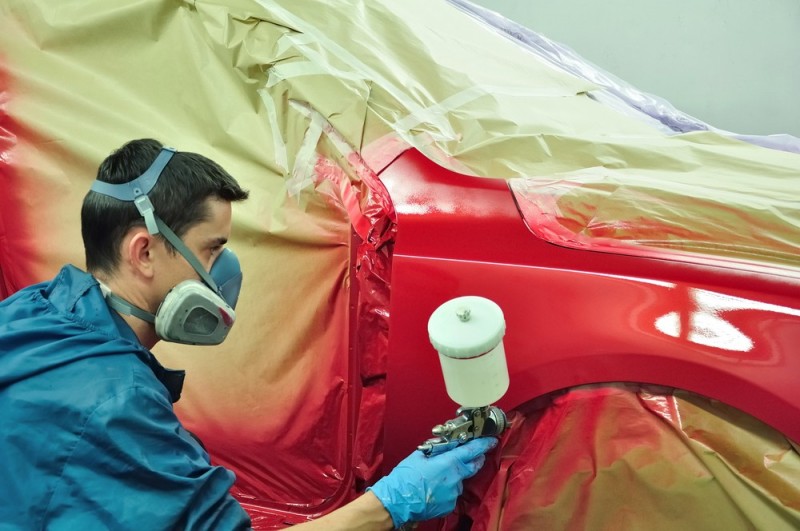How Much Will It Cost to Restore My Classic Car?

Do you happen to have a classic car in your garage that needs some restoration work? Let’s say you have a 1964 Ford Mustang or a 1969 Chevy Camaro. Before deciding whether it’s worth to shine up that classic, the first question most people ask is: “How much is it going to cost?” Well, it depends. There are many considerations based on the type of vehicle you have, its overall condition and your expectation about the end product.
At European Paint & Body II, we love old, classic restored vehicles and often see them in West Palm Beach, FL , so that's why we are sharing this information with you.
After factoring in the original purchase price, the cost of restoration and the current value of the vehicle, some older cars just aren’t worth returning to their “authentic” condition.
Whether your vehicle needs a few upgrades or a complete restoration from the ground up, it’s worth doing your research before undertaking this often time-consuming and expensive task. A paint job may cost a couple of thousands of dollars but can quickly turn into several thousand depending on the product you choose. Some estimate that a full restoration starts around $40,000, but can easily surpass $100,000.
Five considerations:
 1.) Doing it yourself or hire a professional?
1.) Doing it yourself or hire a professional?
One of the first decisions is who is going to take on the restoration project. Although it can be rewarding to do the majority of work yourself, many people overestimate their capabilities. The alternative is hiring a professional. Rarely, can a shop give you a flat rate on the cost. Some shops will quote an hourly rate plus the price of parts and materials. Factor in additional work such as research, shipping parts and recycling.
2.) Type and condition of vehicle
Is the vehicle in driving condition? Is there rust that needs to be removed? How much chrome does the car have? There can be a huge difference in costs depending on what is entailed with the restoration. Different types of vehicles, such as antique vehicles or muscle cars, also can affect the price tag, depending on what is entailed and how rare the vehicle is.
3.) Budget
After determining the condition of your vehicle and what your priorities are, experts recommend setting a maximum amount you will spend. Be realistic when it comes to the costs and set your budget accordingly.
4.) Parts
The cost to purchase new parts will vary depending the year, make and model of your vehicle. Some parts are easier to locate than others and older rare vehicles may require custom parts, which can quickly add up.
5.) Ultimate goal
Many envision the end product worthy of the famed Pebble Beach Concours d'Elegance car show. Take time to decide what you would like to achieve when it comes to your classic car restoration keeping your budget in mind. That way, you’ll most likely be satisfied when you unveil your showpiece.
Sources: Wikipedia, Drive and Japolik









 1.) Doing it yourself or hire a professional?
1.) Doing it yourself or hire a professional?
Social